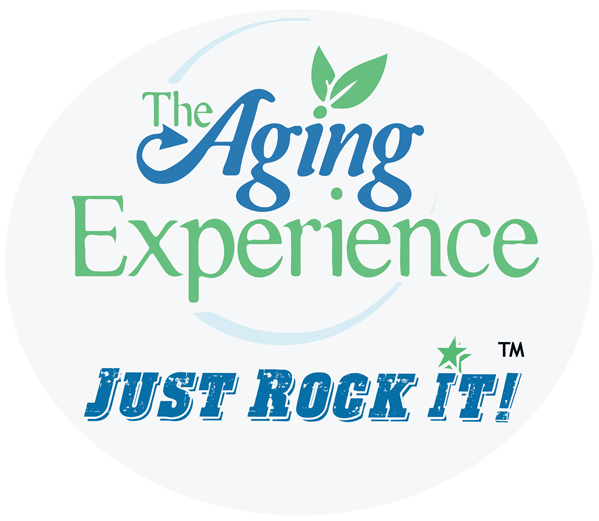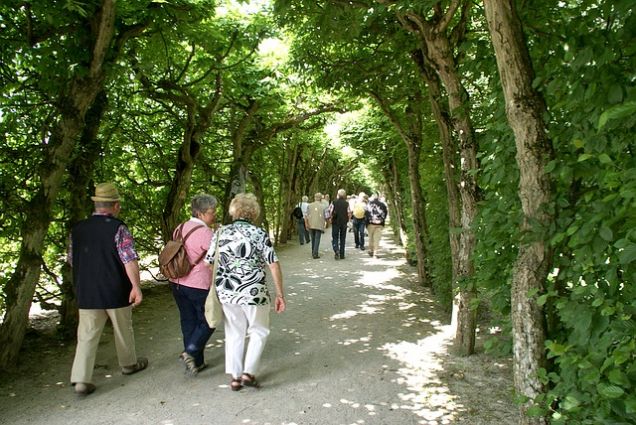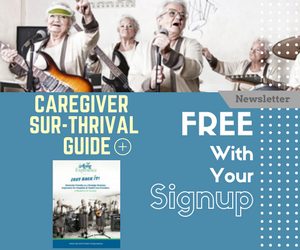Falling Safely – Here’s How To Do It – Smilecast 99
Try Martial Arts to Learn Falling Safely
Researchers say seniors with osteoporosis can use martial arts training to learn to learn about falling more safely. Testing the force of impact of a variety of different martial arts fall exercises, research subjects performed sideways and forward martial arts falls, which involve turning the fall into a rolling action, from a kneeling position on both a judo mat and a mattress, as well as from a standing position on a mattress. The force of impact on the subject’s hip was measured and compared to information on how much force an osteoporosis sufferer can withstand.
Here are my thoughts!
Podcast: Play in new window | Download
Subscribe: Apple Podcasts | RSS
What to Do with Mom and Dad’s Stuff – Charlotte Today
What to Do with Mom and Dad’s Stuff – from Charlotte Today
As baby boomers grow older and start moving to smaller dwellings, children are faced with a dilemma – their parents’ possessions. Furniture, keepsakes and heirlooms that our parents want to pass on are often not wanted by the children. What do you do with all of mom and dad’s stuff and how do you approach the subject? The key to all things in the aging space is to have discussions earlier. Here is something to think about when looking at possessions. People hold on to things for three reasons – sentimental value; utility; aesthetics. Understanding that helps.
48 Minutes of Moderate Exercise a Week Better Than None for Older Folks
Only Take a Little Moderate Exercise to Make Big Difference
Adding 48 minutes of moderate exercise per week is associated with improvements in overall physical functioning and decreases in risks of immobility in older adults who are sedentary, finds a new study led by researchers at the Jean Mayer USDA Human Nutrition Research Center on Aging (USDA HNRCA) at Tufts University.
In the study, published in PLOS ONE, the researchers evaluated how different doses of exercise for adults age 70-89 would impact the benefits. While the researchers saw improvements in all participants who added some physical activity to their routine, those who got more exercise, moderate exercise, saw greater changes. The work is part of the Lifestyle Interventions and Independence for Elders (LIFE) study.
“These are people who want to live healthy, independent lives and are at risk for losing that. Maintaining functional independence for older adults is an important public health issue. In our first LIFE study, we confirmed that regular exercise can help improve physical function and prevent mobility loss. Now we see that small increases can have big impacts,” said first and corresponding author Roger A. Fielding, senior scientist and director of the Nutrition, Exercise Physiology, and Sarcopenia Laboratory at the USDA HNRCA.
For the LIFE study, the researchers analyzed data from 1,635 men and women age 70-89 over an average of 2.6 years. Half were randomly assigned to a program of moderate exercise – walking and walking-based strength, flexibility and balance training; half participated in health education workshops. All had low levels of physical functioning at the start and reported fewer than 20 minutes per week of regular physical activity in the month prior to starting the study. Participants were evaluated at baseline, six, 12, and 24 months. The researchers relied on movement monitors and self-reporting to measure physical activity outside study sessions.
Changes in activity were significantly greater in the physical activity intervention group than the health education group from baseline through 24 months. There was a continuous, graded effect with the greatest benefits seen in the participants who engaged in at least 48 minutes of physical activity per week. The greater differences were also associated with prevention of major mobility loss.
“Our goal was to have participants walking up to 150 minutes per week. To see benefits at 48 minutes is encouraging. We wanted the physical activity sessions to include exercise that participants could do outside of the study, and we hope that learning of these results might motivate others to try to make safe, incremental changes to their activity levels. Reducing muscle loss, functional decline, and loss of independence are important to anyone, at any age, and at any physical ability,” said Fielding.
The researchers acknowledge limitations of this study, including examining the different quantities of exercise participation achieved in the LIFE study participants and not specifically prescribing different amounts of exercise to different study groups. In addition, there were differences in the measured absolute amounts of exercise performed when comparing objective activity monitoring using a wearable “device” and self-report of physical activity.
RETHINKING THE AGING PROCESS: 5 STEPS TO CONSCIOUS AGING – Video
RETHINKING THE AGING PROCESS: 5 STEPS TO CONSCIOUS AGING
As part of my Caregiver Smile Summit, I have had the pleasure of interviewing more than 50 experts in the health, aging and caregiving fields. Dr. Maria Zayas, a practicing psychologist and a faculty member of the Psychology Department at Brenau University, is one of those experts. Together we explored the topic of conscious aging.
Caregivers Are People Too – Respect Them
It’s Deeper Than Having Purpose – We’re the Stewards of Our Society
Rethinking the Aging Process Starts with Awareness, Slowing Down, Taking Inventory
Pass It Down and Pay It Forward Consciously
Manage Your Stress So You Have Energy for the Journey
Do you think that society puts a value on its older citizens? Have you ever done a personal life review to assess in a conscious way the things you have accomplished? What are you doing to experience positive aging? Please share your thoughts below.
What to Do with Mom and Dad’s Stuff – Charlotte Today
What to Do with Mom and Dad’s Stuff – from Charlotte Today
As baby boomers grow older and start moving to smaller dwellings, children are faced with a dilemma – their parents’ possessions. Furniture, keepsakes and heirlooms that our parents want to pass on are often not wanted by the children. What do you do with all of mom and dad’s stuff and how do you approach the subject? The key to all things in the aging space is to have discussions earlier. Here is something to think about when looking at possessions. People hold on to things for three reasons – sentimental value; utility; aesthetics. Understanding that helps.
Podcast: Play in new window | Download
Subscribe: Apple Podcasts | RSS










